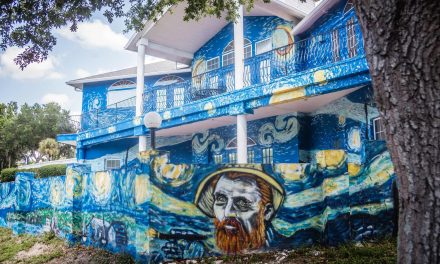According to the Wall Street Journal, Boeing failed to tell Southwest Airlines that it had turned off a standard safety feature that the airline believed was operating on all their MAX jets.
“The safety feature is an alert that lights up in the cockpit if a plane’s angle-of-attack sensors transmit faulty data about the pitch of the plane’s nose. This feature is known as an ‘angle-of-attack’ disagree light and was included in previous versions of the 737.”1
Southwest, who owns and operates more 737 MAX jets than any other airline, was made aware of the change after the fatal crash of a Lion Air flight in Indonesia. In the following statement to CNBC, the airline said Boeing’s manual documentation indicated that the AOA Disagree lights were operable.
“Upon delivery (prior to the Lion Air event), the AOA Disagree lights were depicted to us by Boeing as operable on all MAX aircraft, regardless of the selection of optional AOA Indicators on the Primary Flight Display (PFD). The manual documentation presented by Boeing at Southwest’s MAX entry into service indicated the AOA Disagree Light functioned on the aircraft, similar to the Lights on our NG series. After the Lion Air event, Boeing notified us that the AOA Disagree Lights were inoperable without the optional AOA Indicators on the MAX aircraft. At that time, Southwest installed the AOA Indicators on the PFD, resulting in the activation of the AOA Disagree lights – both items now serve as an additional crosscheck on all MAX aircraft.”2
Following the crashes in Indonesia and Ethiopia that claimed the lives of 347 people, Boeing grounded all 737 MAX planes, saying that when flights resume, the disagree lights will be functioning on all planes. In addition, the safety feature will be standard on all new MAX production aircraft.
Several major airlines anticipate the retrofit process to extend through the summer and have canceled MAX flights into August, with the exception of United, who plans to resume MAX flights in June.
SOURCES:












